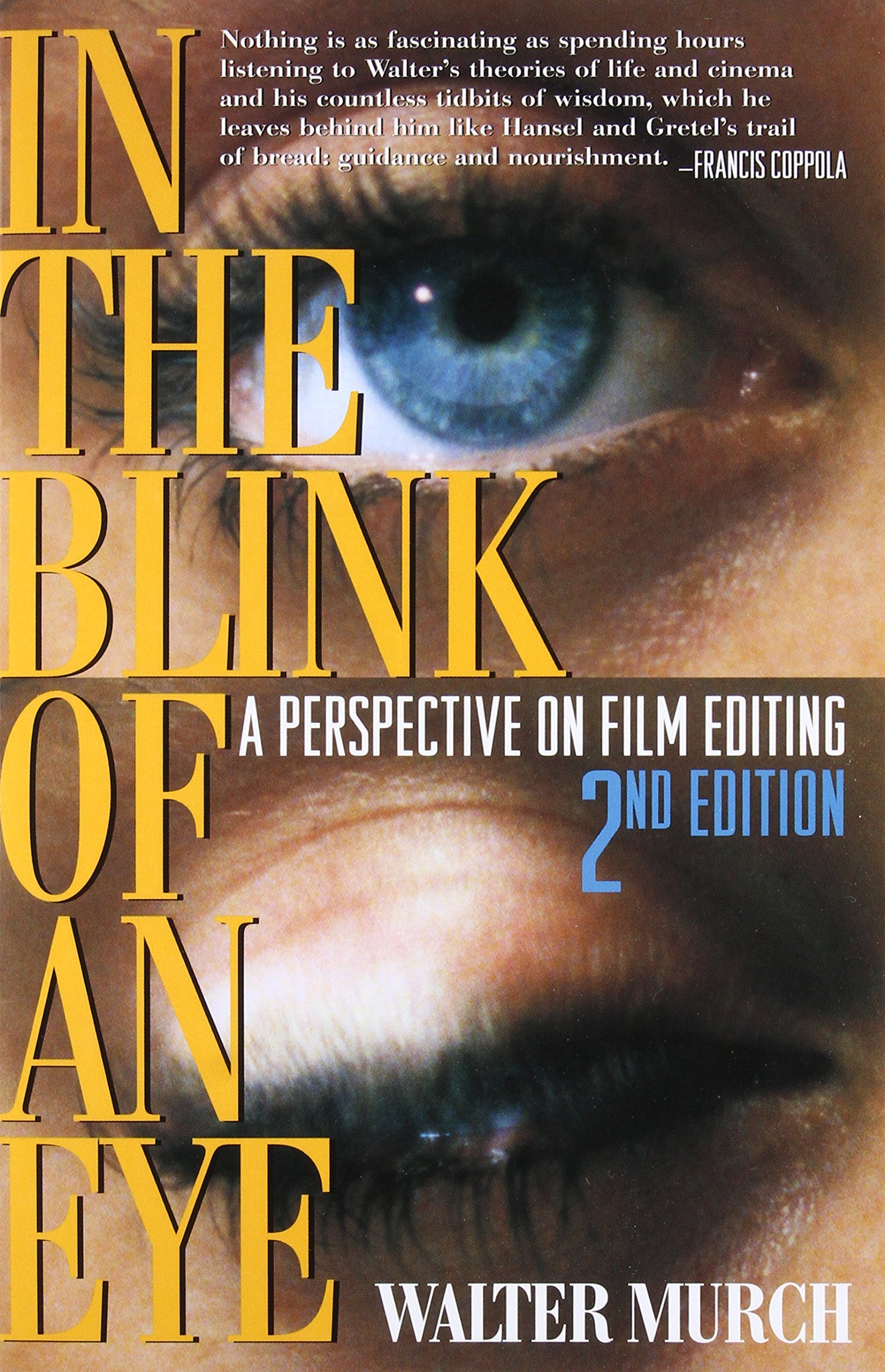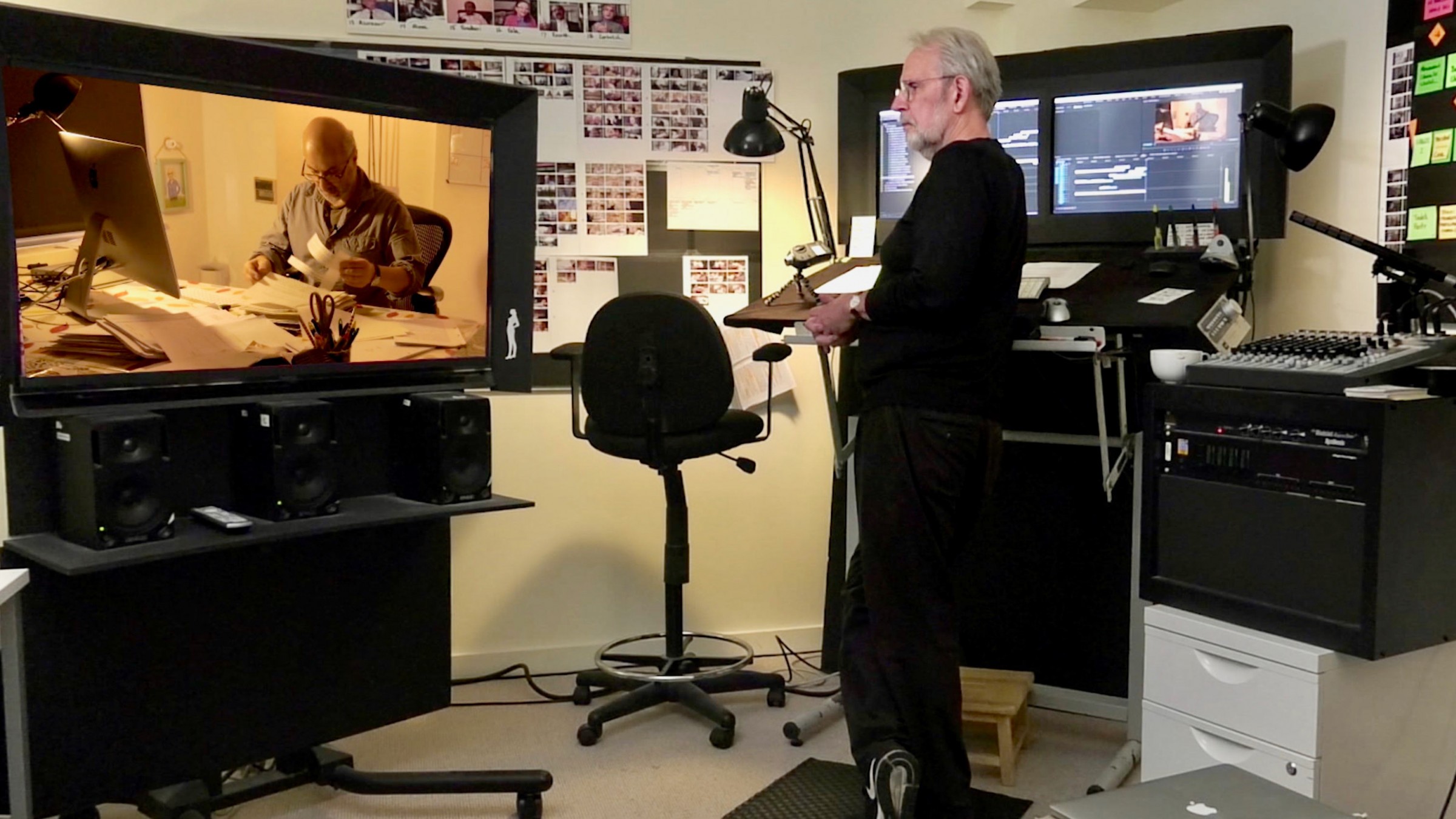At the moment of blinking is a perfect summation of the editing style developed by the great Walter Murch in the works of filmmakers of the caliber of Francis Ford Coppola, George Lucas, and Anthony Minghella. Let's discover its content together.

A book that has been the Bible of film editing for many young creators.
Walter Murch, reflective planning and innovation
At the moment of blinking It can be considered as the mature analytical fruit of a long career in the field of film editing. Walter Murch, son of a famous abstract realist painter, also made images the basis of his existence. But the images accompanied by sound would be the ones that would fascinate him: from very early on, hundreds of recordings of peculiar sounds, recorded and remixed according to his curiosity, adorned his room.
Murch would soon carry that natural drive for the artistic rearrangement of precious material into the professional realm, first in the music bookstore and then on the radio, where he would be partly responsible for spreading the great wave of folk music on American college campuses. But the most decisive thing that happened during his university stay was his first contacts with some of the future filmmakers of the American New Wave: George Lucas, John Milius and, above all, Francis Ford Coppola.
With Coppola, Murch would develop his most memorable work, both in the three installments of The Godfather, As in The Conversation y Apocalypse Now. This last film catapulted him into the eternal history of classic cinema, also giving him his first Oscar for Best Sound Editing. More than fifteen years later, the collaboration with Anthony Minghella in The English Patient I would give it a historic double Oscar, for Best Editing and Best Sound Editing.
This last film would also allow him to be the editor who represented the clear transition from traditional analog editing to digital editing, hardly practiced and viewed with mistrust at the time. His successful use in the film, due to Murch's need to remote edit from home during the project, marked the end of one era and the beginning of another.
At the moment of blinking, thoroughness and heart
Murch published At the moment of blinking just one year before (1995) the historic double digital Oscar for The English Patient. One of his main reflections lies precisely in the new universe of work opened up by digital publishing technology.
Murch is quick to lay out the immense benefits of this new setup, in terms of lower cost, smaller equipment, easy access to material, simplified mixing process between artificial electronic effects and real sound, not to mention speed.
But also the editing teacher is able to point out his concern regarding the new attitude created in professionals by the innovative tool. If the material with which one works is virtually inexhaustible and errors are paid cheaply with new attempts, there is less dedication to planning the montage, which can even result in a poor film, even if it is articulated through the greatest futuristic luxury of the world.
Only in this reflection is it clear what has been the center of Murch's work during nearly fifty years of career. For the New Yorker, it is not a matter of following rigid perspectives of narrative support mounted on the visual axis or continuity, but of first identifying the emotion that is trying to be generated through the achievement of two consecutive shots.

Murch always works on his feet, comparing his work to that of musical directors, fast-food cooks or neurosurgeons. The editorial process requires this posture. But to write creatively, he needs to do it lying down.
Murch knows that the viewer picks up editing messages even if it's on an unconscious and visceral level. Therefore, the assembly work has a psychological guide component for the recipient, rather than simply a technical one. It is a thread of non-verbal meaning rather than a simple more or less sensible splicing of images.
The work to achieve a functional guide in this sense can be arduous. The best example Murch could find is his own work on Apocalypse Now, a colossal editing effort that involved processing nearly 230 hours of footage to achieve the final 153 minutes. Michelangelo once argued that to carve a statue was to strip the block of everything that was not a statue. The master editor refers to the same image, of removing the bad bits to leave only the dazzling film.
Ultimately, what identifies the success of the consummate editor is his ability to capture the rhythm of the unconscious blink of the eye, hence the title at hand. When our course of thought varies, from one place to another, from one idea to another, there is an implicit flicker in our mental sequence.
Film editing mimics and accompanies this process, making the viewer mentally follow a story exactly as the creators of the film want them to follow it. All through the magic of well-armed montage.
This would not be the only book where Murch would expose his wisdom regarding film editing. Seven years later, Michael Ondaatje, author of the original novel on which The English Patient was based, developed a series of conversations with Murch where he delved into his unique art according to the experience gained since that shoot with Minghella. The Conversations (2002) is also a must-read for anyone interested in the world of grand cinematography.
In this excellent video we are described in a dynamic way to understand the style of Walter Murch, joining interviews, anecdotes and fragments of his films.
So far our article on At the moment of blinking by Walter Murch. If you have enjoyed this text, you may be interested in this other writing on our website dedicated to The Name of the Rose, a complex novel that also underwent a demanding process of adaptation to the cinema. Follow the link!